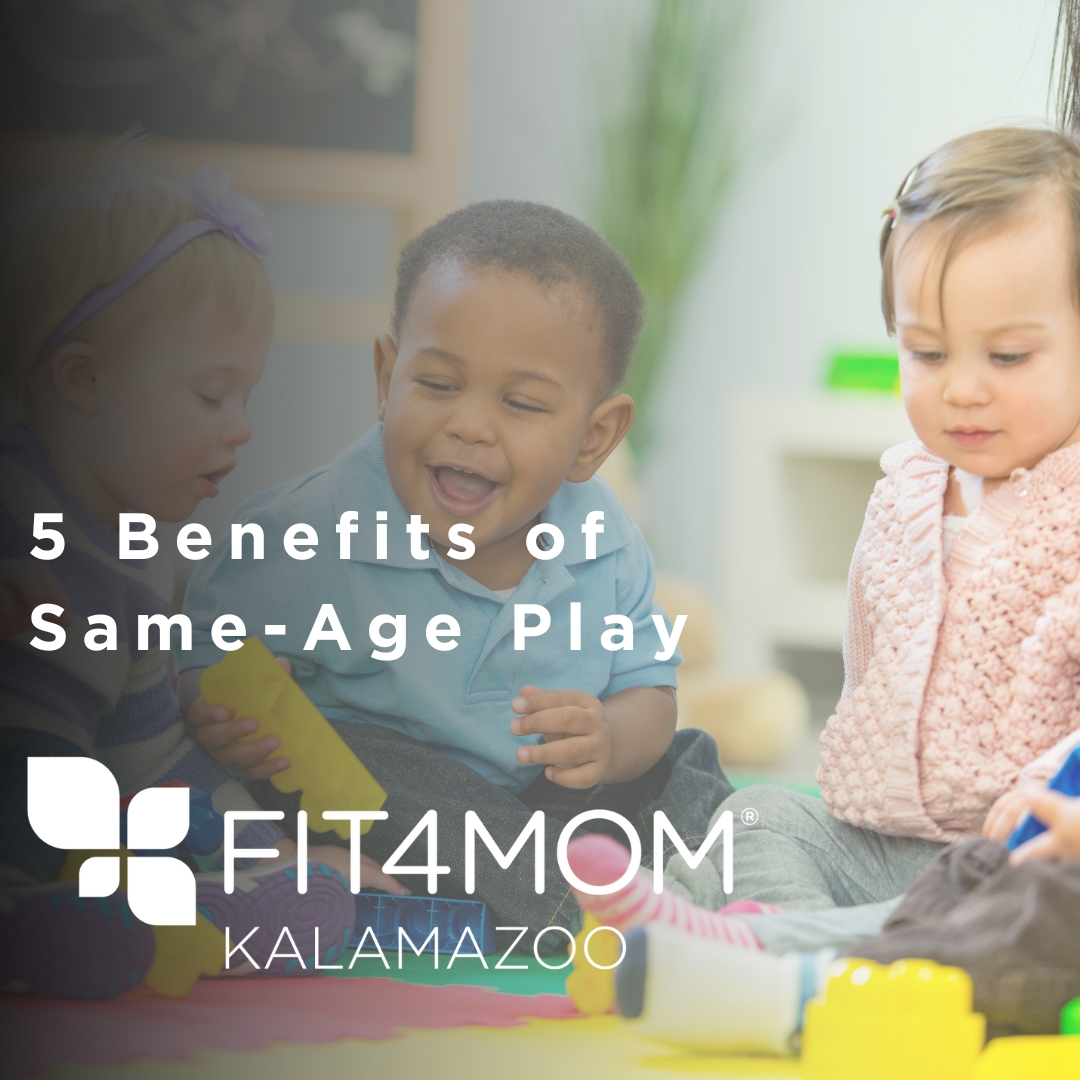Take a moment to watch babies play together. It's incredible! Sometimes it seems their interactions are brief and maybe even chaotic. But those moments are so valuable. Watching toddlers and preschoolers is equally interesting and can look even more wild from the outside. But just like with babies, every one of those moments are fueling their brains! The importance of same-age play for these young children goes far beyond just having fun; it actually plays a crucial role in their development and well-being. Here’s why same-age play is so beneficial:
1. Development of Social Skills
Playing with children who are at a similar developmental stage helps children learn essential social skills. They navigate sharing, turn-taking, and cooperative play, which are foundational skills for building relationships. This is especially evident during toddler and preschool ages. These interactions teach empathy and understanding, as children learn to recognize and respond to the feelings and needs of others who are at a similar developmental level.
2. Encouragement of Communication Skills
When babies and toddlers play with their peers, they practice communication in a natural setting with others who have the same skillset. They babble, use simple words, and engage in basic conversations that help them develop their language skills. Observing and mimicking others can also enhance their vocabulary and understanding of language patterns, which is essential for their overall communication development.
3. Promotion of Emotional Development
Same-age play allows children to explore and express their emotions in a safe environment. They experience a range of feelings, from excitement to frustration, and learn to manage these emotions by observing what other children do. This will help develop emotional intelligence and resilience, as they learn how to handle various situations and relate to others' experiences.
4. Fostering Independence and Confidence
Engaging with others of the same age provides opportunities for toddlers to practice problem-solving and decision-making. They often make choices, solve conflicts, and explore new activities together, which boosts their confidence and sense of independence. This can be particularly important as they start to understand their abilities and preferences in a social context.
5. Encouraging Physical Development
Playing with other children often involves physical activity, whether it’s crawling, climbing, or engaging in simple games. These activities help develop gross motor skills, coordination, and balance. Again children will learn from others what their bodies can do and try to imitate their peers.
Tips for Facilitating Same-Age Play
- Organize Playdates: Set up regular playdates with children of similar ages to provide opportunities for peer interaction.
- Create a Safe Space: Ensure that the play environment is safe and age-appropriate to allow children to explore and interact freely.
- Observe and Guide: Watch how the children interact and step in gently if needed to guide their interactions, helping them navigate any conflicts or difficulties.
- Encourage Group Activities: Facilitate activities that require cooperation, such as building projects or group games, to promote collaborative play.
Same-age play is more than just a way for children to pass the time; it’s a vital component of their social, emotional, cognitive, and physical development. By providing opportunities for same-age interactions, you’re helping to lay the foundation for well-rounded and confident individuals. So, the next time you see a group of little ones engaged in play, know that they’re not just having fun—they’re learning and growing in essential ways.
For more information check out the following resources:
2) https://www.unicef.org/parenting/child-development/how-babies-learn-through-play

